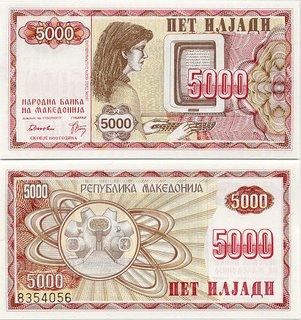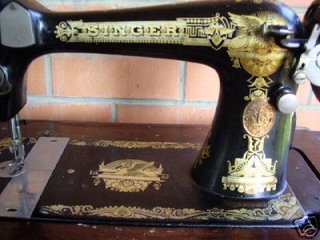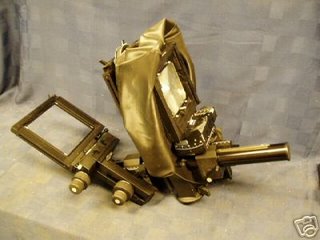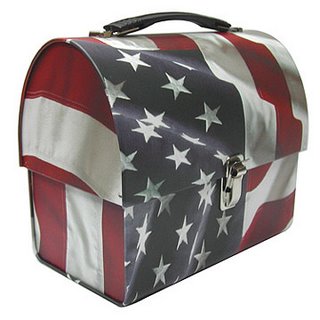
Welcome to
Rare Antiques Collectibles Memorabilia.
Nauticals or maritime objects are hardly a single subject more like a dozen or so. take bosuns' pipes for example.
these were especially designed high pitch whistle that could be heard above the roar of a raging sea. they were developed somewhere around 1650 and were usually made of brass, copper varnished or painted to prevent salt-water corrosion.
some later ones were fashioned in pure silver. bosuns' pipes are not particularly cheap, but you can build up a collection at reasonable prices if you go for 1900-1920 electro plated models.
crested crockery- is another worthwhile collectable. most shipping lines and large liners had and still have crested crockery and this is enthusiastically collected.
If you haven't have the space or inclination for complete sets of crockery, you can still build up a worthwhile collection of plates or mugs.
You might prefer maritime ephemera. This is a fascinating branch of nauticals which includes travel tickets, bills of lading, menus, posters etc.
Collectibles with a particular nautical flavor are navigation instruments. these include
sextants, parallel rulers ,
compasses etc.
iIdon't think you'll find many bargain basement sextants because they are not only coveted by collectors many people with money to burn buy the brass variety as decorative items. I remember in high school i used to hang out at my classmates's house, her father was captain of a local shipping liner, there hung on the wall a very prominent ship's navigating wheel serve as the focal point of decoration in their living room.
And i used to marvel at the idea that the decoration of their living room had something to do with the owner's occupation.
If you want to build up such a collection at a reasonable price go for the basic chartwork navigation instruments. This include roller parallel, extending leg rulers, dividers, station pointers, chart magnifiers and navigational set squares. these "tools of the trade" are often overlooked among more exotic goods, but the very essence of navigation will be more sought after in the near future.
One of the most fascinating nautical collectibles is scrimshaw also known as scrimshouting, scrimshandy or just plain scrim- the sailor's art. basically, it consists of engraved or carved materials such as whalebone, walrus, tusk, shell etc. fashioned by sailors with the point of a knife, nail or other sharp instrument.
Finally there are the real prize pieces for collectors-the ship's helm and bell. you certainly won't find any bargains in this direction for they are wildly sought after.
However if divers find a wreck, they keep an eye out for the helm and bell. after a long submersion the helm is normally pretty grotty because the wood has rotted, but the bell usually made from marine brass can often be brought back to as new condition.
The hydrographic department of the admiralty has lists of something like 60,000 wrecks that have sunk around britain alone the last century. i don't suppose divers have visited more than one per cent of those wrecks just think about how many helms and bells that are awaiting collection.
Remember for all your collecting ideas always drop by Rare Antiques Collectibles and Memorabilia.
tags:
helm and bell ,
antique sextants,
antique compass

























